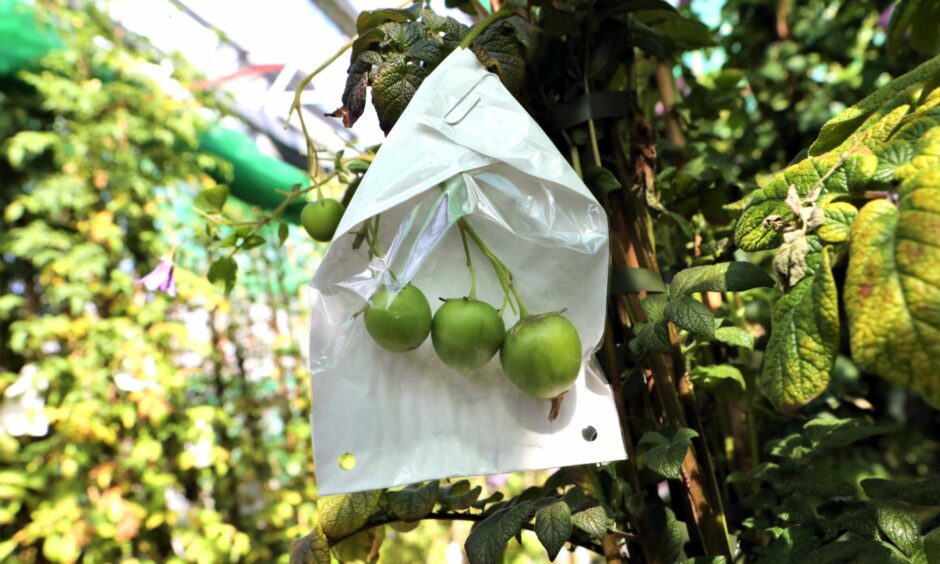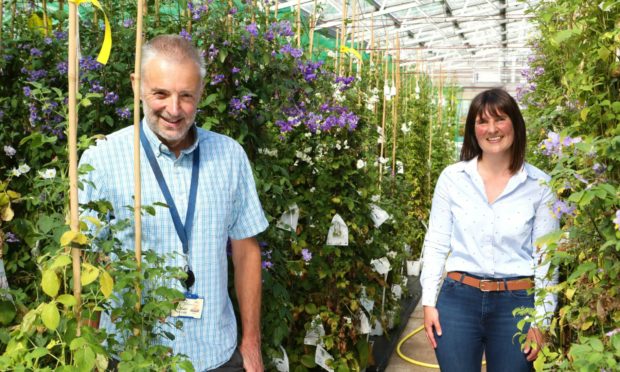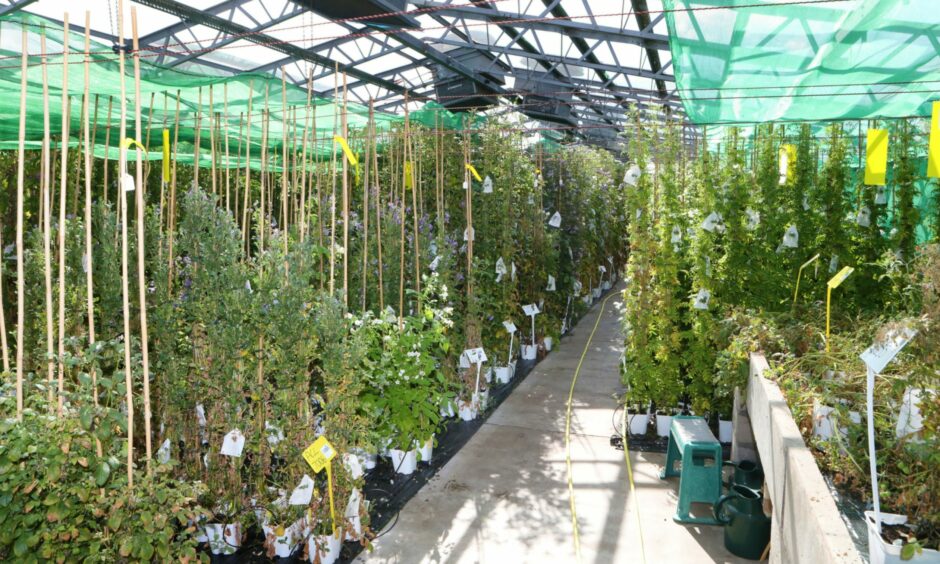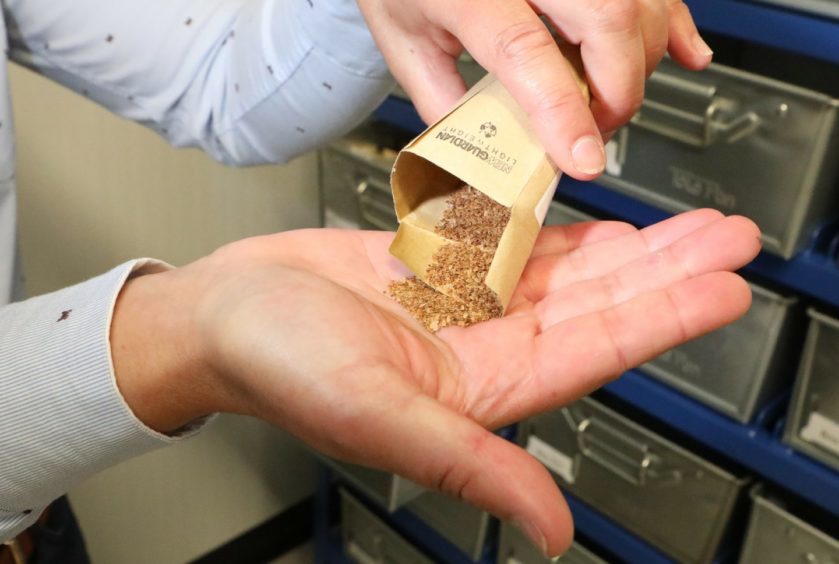A priceless living library of rare potato species is being trawled for traits which could offer resistance to pests, diseases, viruses and the looming issue of climate change.
The Commonwealth Potato Collection (CPC), the only potato gene bank in the UK and only one of a handful in Europe, is located at the James Hutton Institute (JHI) campus at Invergowrie, and is regarded by geneticists as a vital resource for potato breeders.
It dates back to 1938 when seeds, berries, tubers and entire plants were brought back from South America and the southern United States by Jack Hawkes, a collector who led a series of trips to the continents. Scientists say today’s collection of 1523 accessions representing 93 different species constitutes a resource of wide genetic diversity.
Dr Glenn Bryan, JHI’s senior potato geneticist, said the collection would be impossible to replicate today.
“The politics of collecting mean you couldn’t just go back to South America to get the material again and take it out,” he said.
“Besides, wars, disruption to populations and environmental changes mean some of the plants aren’t there any more.”
Nothing as common as Solanum Tuberosum, the cultivated potato we eat, is grown in the glasshouse, but crucially it can be crossed with almost every plant in the collection.

Dr Bryan explained: “One of the commonest things we do is to characterise the plants for resistance to disease and pests which are the main threats to potato crops.
“It’s relatively easy to expose them to late blight or Potato Cyst Nematode (PCN), although we still haven’t done that exhaustively.
“We have wild species in here which are resistant to PCN, and breeders are trying to take genes from them and stack them up to create specific crosses and produce a potato that people would also be happy to see on their plates – because these wild species wouldn’t necessarily produce the taste or yields that would be acceptable today.”
However, to date very little use has been made of the collection to select for traits that would help scientists breed varieties for changing climatic conditions.
“The species in the collection grow in deserts, mountains, wet and dry places – a whole range of different environments,” said Dr Bryan.
“With the prospect of warmer, drier summers, breeding for climate change will be huge in future and there are almost bound to be genes in this material we can use to help breeding in the UK. We haven’t found them yet – and that’s a real challenge.
There is room for only a limited number of accessions to be grown on from seed each year and CPC curator, Gaynor McKenzie prioritises them according to their plant health status, low seed numbers or demand by researchers who are searching for specific seed.
“I’m a bit like a librarian,” she said.
“We keep the collection alive by growing seeds, not tubers. We grow the plants upright for convenience, and the higher they grow the more flowers we get. Berries form and once they’re ripe we harvest the seeds and store them. Scientists then come to us to select the seeds they want.”
She also works with potato breeders on the pollination of commercial varieties.
JHI’s recent proposal to establish a new centre of excellence for potatoes at Invergowrie could include a new £5 million home for the CPC.
Dr Bryan said better facilities were needed to grow on a wider range of material and expose it to a range of environmental conditions.
Ms McKenzie added: “Each species has very specific needs to be grown successfully, and new facilities would make the job much easier as we have to try to balance plants that like dry conditions or more shade for instance all in the same glasshouse.”


